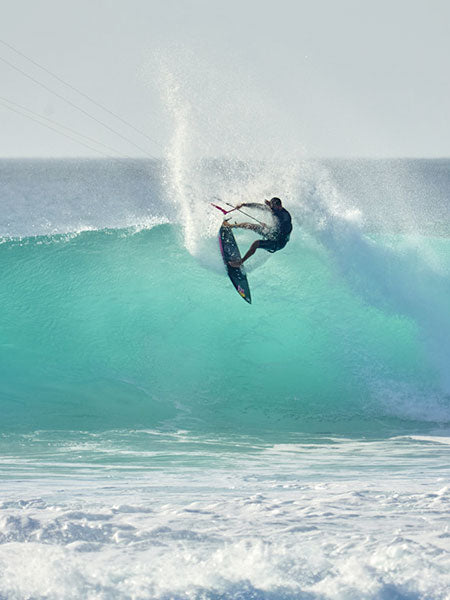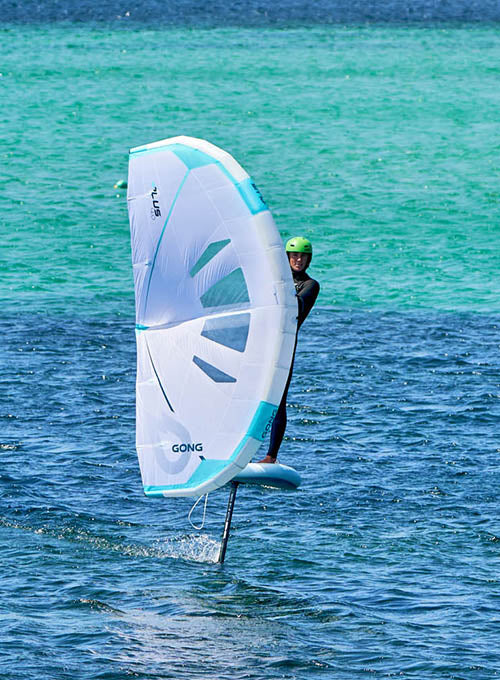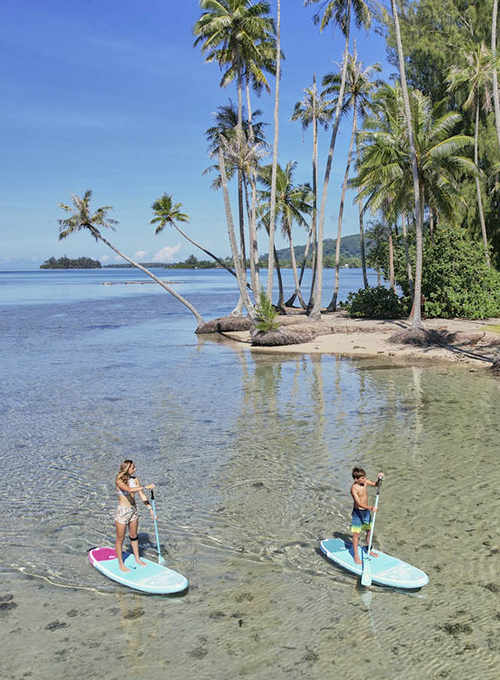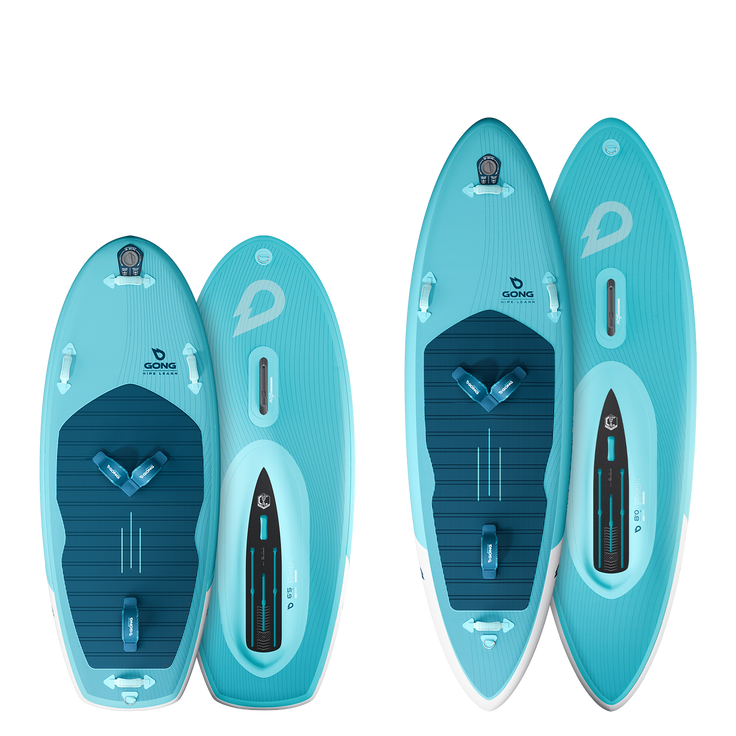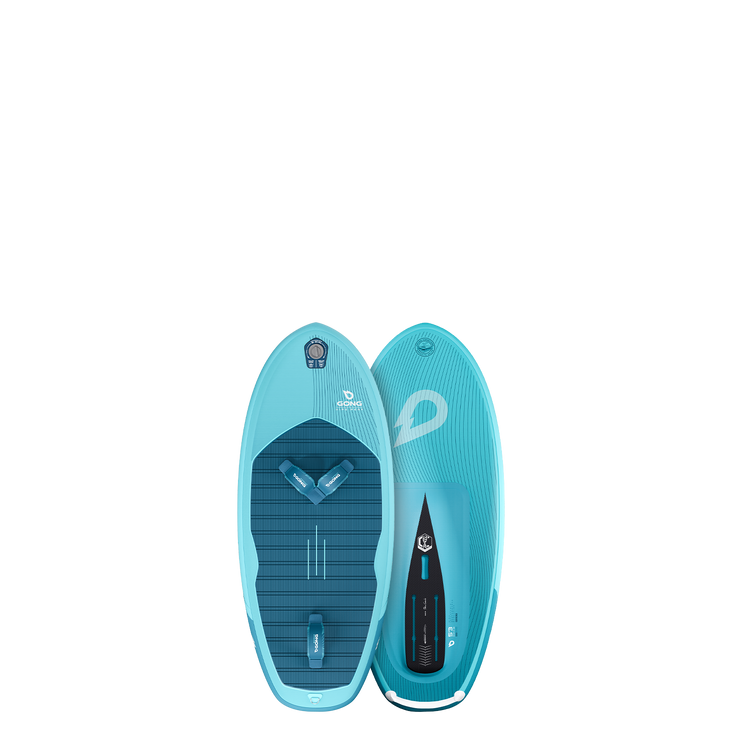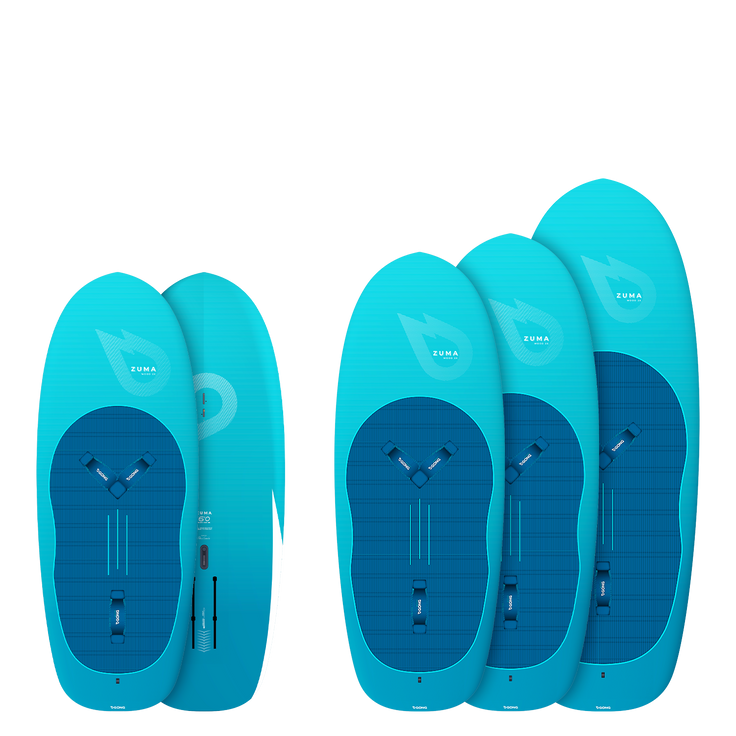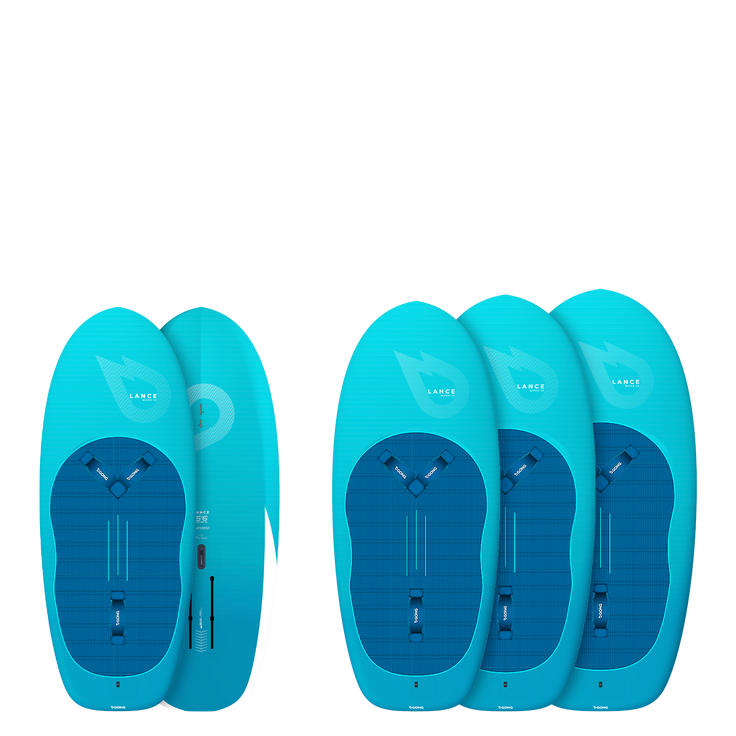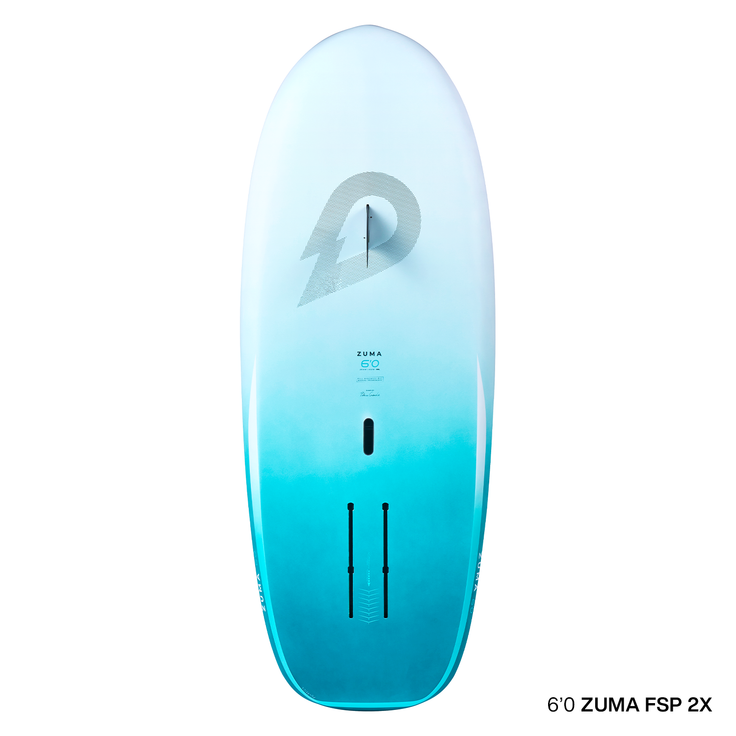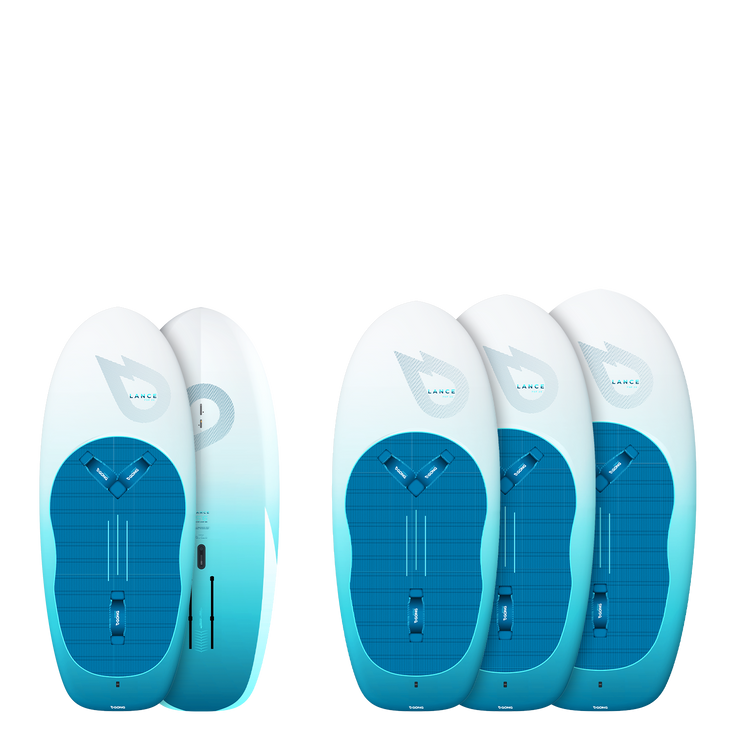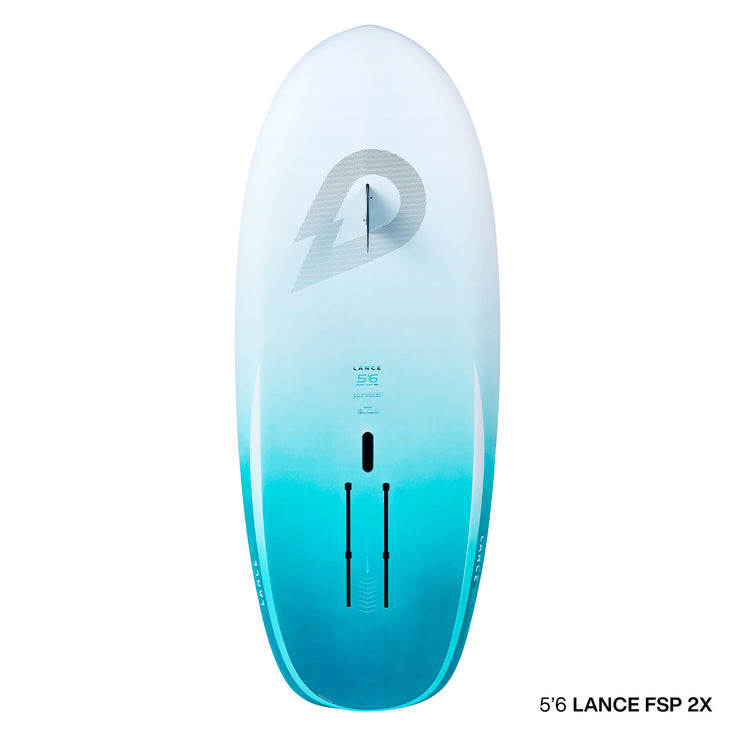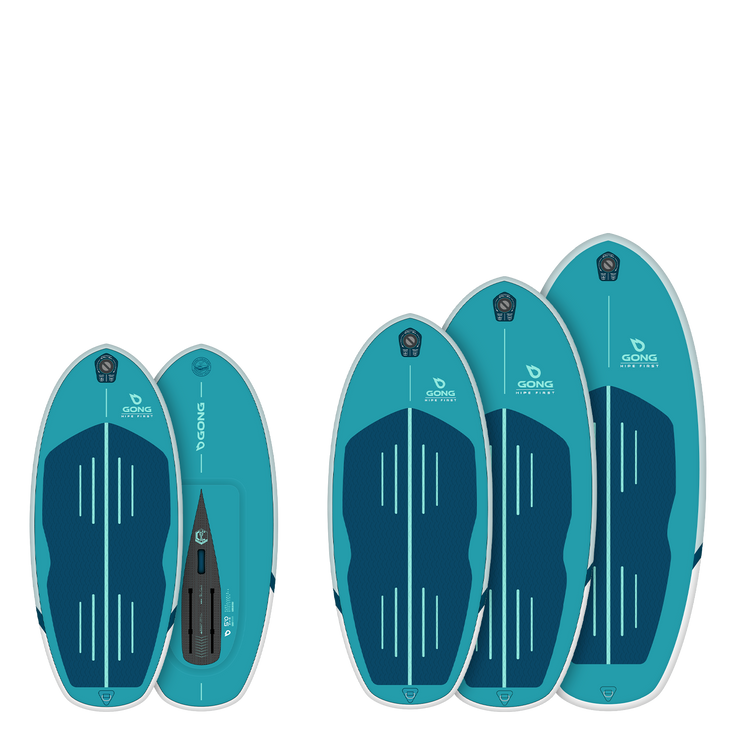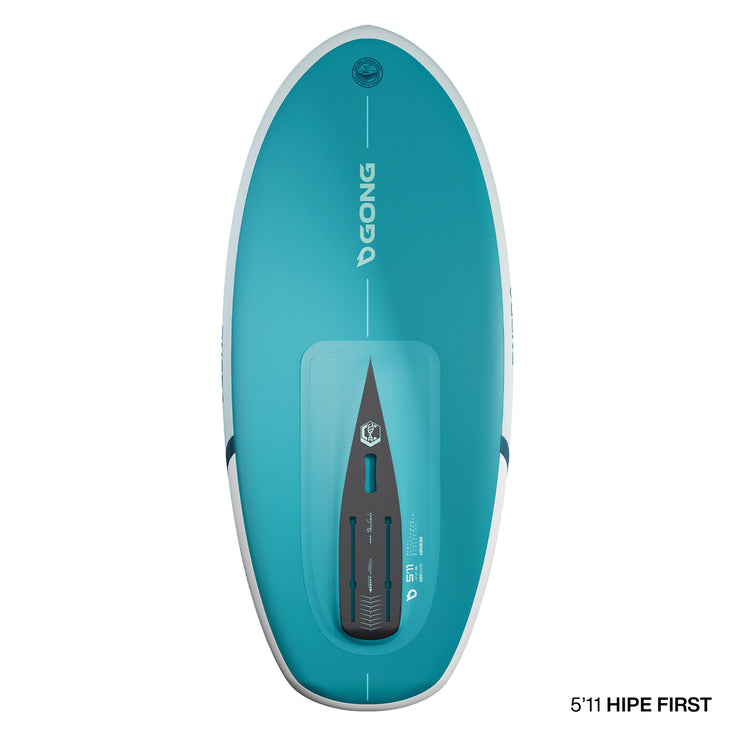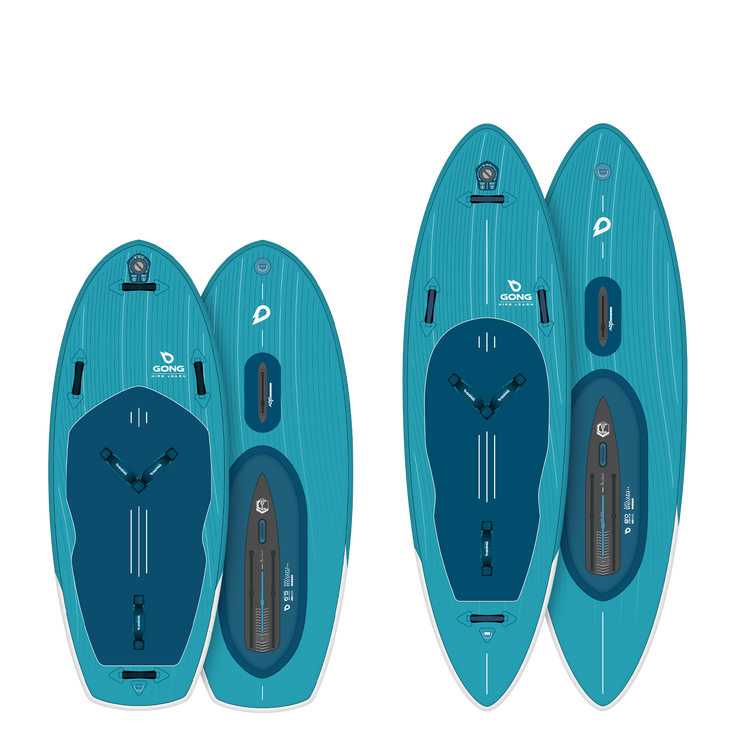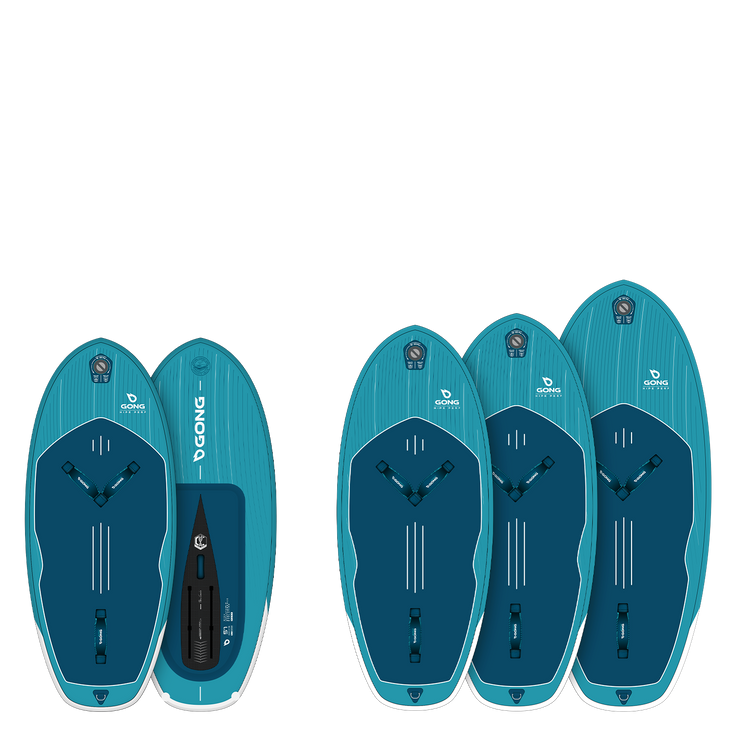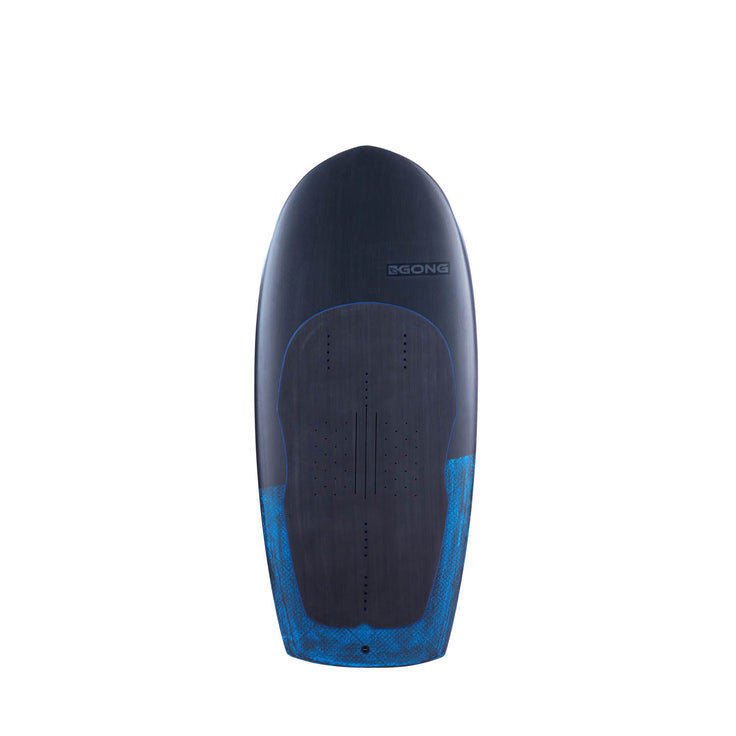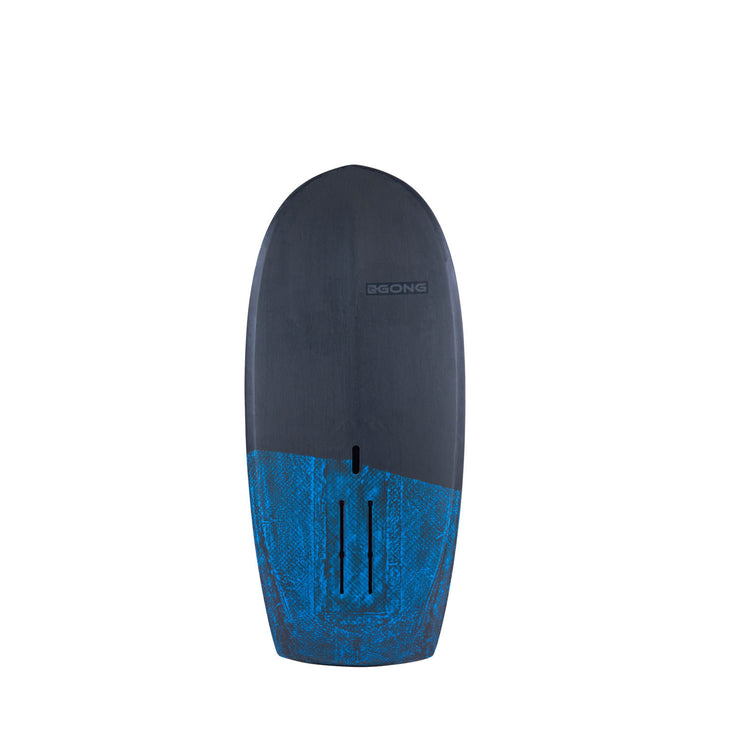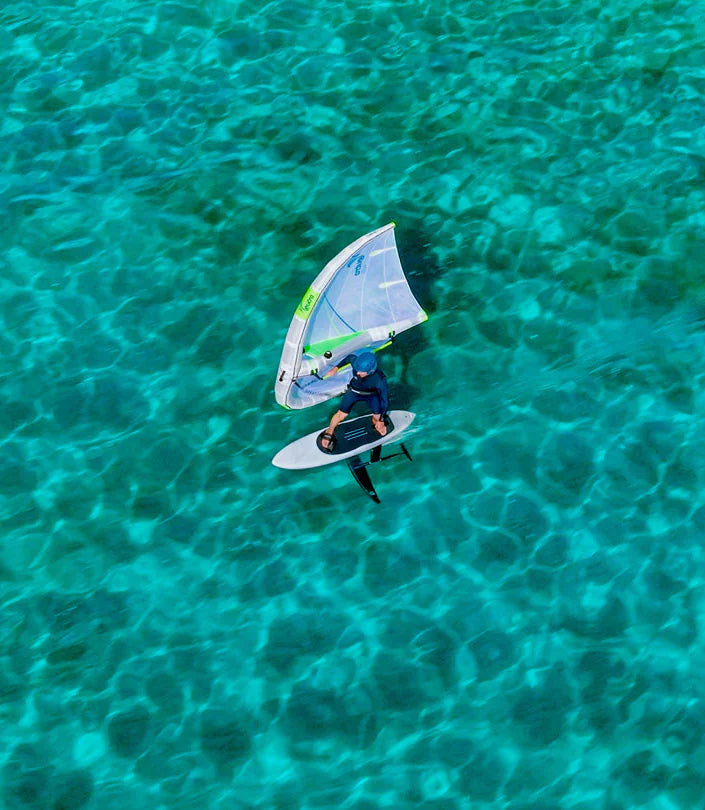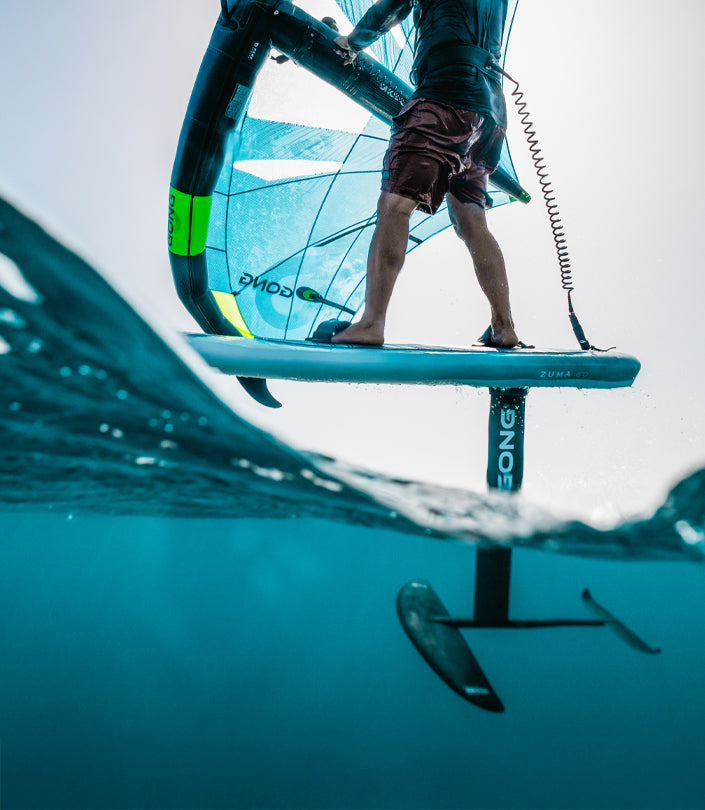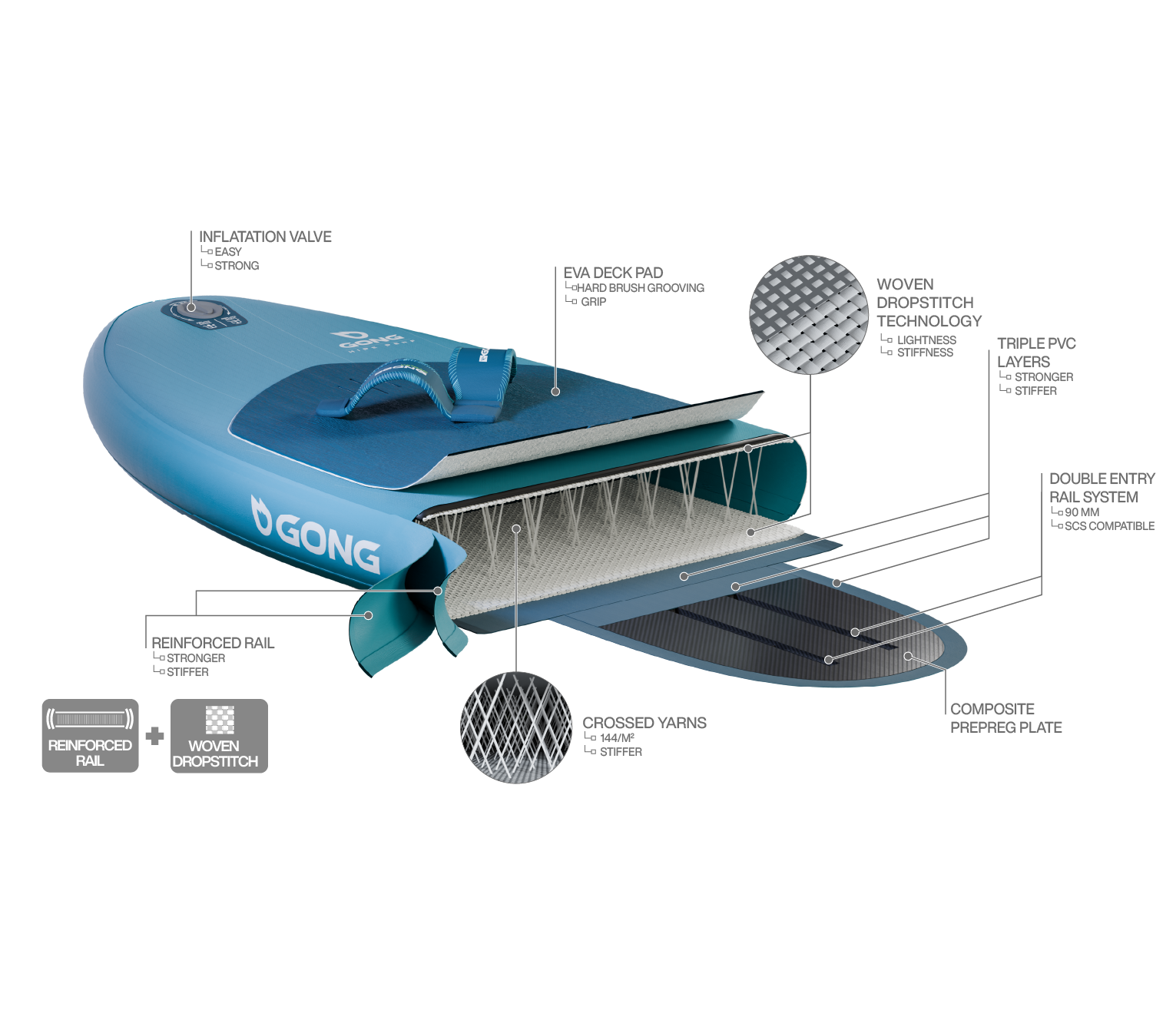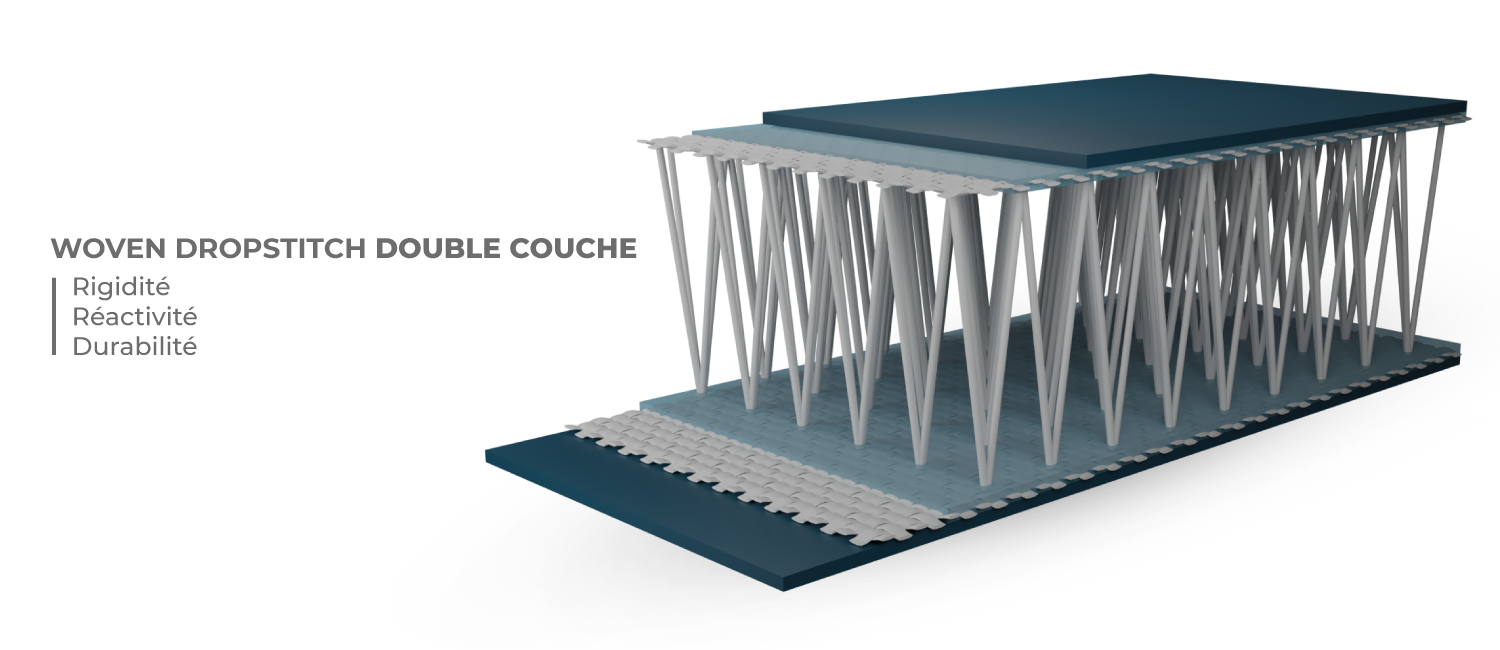heart
heart-full
heart
heart-full
Wing foil Board Inflatable HIPE First
The perfect strapless inflatable foil board to get started!
Regular Price
299€
Sale Price
299€Regular Price
heart
heart-full
heart
heart-full
Wing foil Board Inflatable HIPE Learn
Inflatable wingfoil board for cruising around and learning to fly.
Regular Price
659€
Sale Price
659€Regular Price
heart
heart-full
heart
heart-full
Wing foil Board Inflatable HIPE Perf
The versatile, high-performance inflatable wingfoil board.
Regular Price
579€
Sale Price
579€Regular Price
heart
heart-full
heart
heart-full
Wing Foil Board Zuma Wood 2X
The simplest board for progressing in wing and SUP foiling.
Regular Price
699€
Sale Price
699€Regular Price
heart
heart-full
heart
heart-full
Wing Foil Board Lance Wood 2X
The most compact progression board for wing foiling.
Regular Price
699€
Sale Price
699€Regular Price
heart
heart-full
heart
heart-full
Wing Foil Board Zuma FSP 2X
The simplest board for progressing in wing and SUP foiling.
Regular Price
849€
Sale Price
849€Regular Price
heart
heart-full
heart
heart-full
Wing Foil Board Lance FSP 2X
The most compact progression board for wing foiling.
Regular Price
849€
Sale Price
849€Regular Price
heart
heart-full
heart
heart-full
Wing foil Board Inflatable HIPE First
The perfect inflatable strapless foil board for beginners!
Regular Price
199€
Sale Price
199€Regular Price
299€
heart
heart-full
heart
heart-full
Inflatable Wingfoil Board HIPE Learn
The perfect inflatable wing foil board to cruise around and learn to fly!
Regular Price
419€
Sale Price
419€Regular Price
599€
heart
heart-full
heart
heart-full
Wing foil Board Inflatable HIPE Perf
Easy and high performance inflatable wing foil board!
Regular Price
399€
Sale Price
399€Regular Price
599€
heart
heart-full
heart
heart-full
Wing Foil Board Zuma Wood 2X
Simplicity in SUP and wing foiling.
Regular Price
559€
Sale Price
559€Regular Price
699€
heart
heart-full
heart
heart-full
Wing Foil Board Zuma FSP 2X
Simplicity in SUP and wing foiling.
Regular Price
595€
Sale Price
595€Regular Price
849€
heart
heart-full
heart
heart-full
Wing Foil Board Lance FSP 2X
The coolest board to progress in wing foiling.
Regular Price
595€
Sale Price
595€Regular Price
849€
heart
heart-full
heart
heart-full
Foil Board Inflatable HIPE Perf
High performance inflatable foil board!
Regular Price
239€
Sale Price
239€Regular Price
599€
heart
heart-full
heart
heart-full
Factory Wing Foil Board Lance 5'6 FSP PRO Light
The coolest board to progress in wing foiling.
Regular Price
1200€
Sale Price
1200€Regular Price


